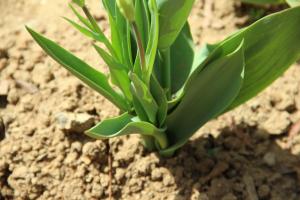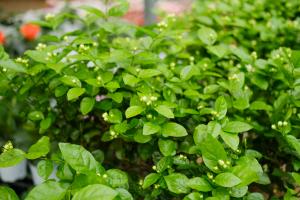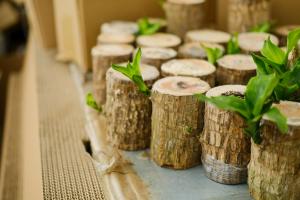Can I Plant Tomatoes Where Pumpkins Grew?
If you are an avid gardener, chances are you may be wondering whether you can plant tomatoes where pumpkins grew. The answer is, technically, yes. However, there are a few factors to consider before planting tomatoes in the same spot where pumpkins once grew. In this article, we will discuss the benefits and drawbacks of planting tomatoes where pumpkins have grown and what you can do to ensure a fruitful growing season.
The Benefits of Planting Tomatoes After Pumpkins
One of the benefits of planting tomatoes where pumpkins once grew is that the soil has already been loosened up by the previous plantings. Pumpkins are known for having deep roots that can penetrate compacted soil and break it up. This makes it easier for the tomato roots to grow freely and absorb water and nutrients from the soil.
Another advantage is that pumpkins are heavy feeders. This means that they require large amounts of nutrients to grow successfully. When pumpkins are harvested, they leave behind residual nutrients that can benefit tomatoes. Tomatoes also thrive in slightly acidic soil, which is likely the case if pumpkins have been growing there recently.
The Drawbacks of Planting Tomatoes After Pumpkins
On the downside, planting tomatoes where pumpkins once grew can increase the risk of disease and pests. Pumpkins are susceptible to a variety of diseases and pests, such as powdery mildew, squash bugs, and vine borers. If these problems are not addressed, they can carry over to the tomato plants and ruin your crop.
Another issue to consider is crop rotation. Planting tomatoes in the same spot where pumpkins grew can lead to an imbalance in soil nutrients and create an environment that is ideal for pests and diseases. To avoid this, it is important to rotate your crops every year to ensure that soil nutrients are evenly distributed and that pests and diseases do not become established.
How to Plant Tomatoes After Pumpkins
Before planting tomatoes where pumpkins grew, it is important to prepare the soil properly. Begin by removing any leftover pumpkin debris, such as vines and seeds, from the area. This will help prevent the spread of disease and pests.
Next, add compost or organic matter to the soil to improve its structure and fertility. This will provide the tomato plants with essential nutrients and help retain moisture in the soil. Finally, test the soil pH to ensure it is slightly acidic, which is ideal for growing tomatoes.
When planting tomatoes, make sure to plant them in a different spot from where the pumpkin plants were. This will help prevent disease and pest problems from carrying over to the new crop. Also, be sure to maintain a regular watering and fertilization schedule to keep your tomato plants healthy and productive.
Conclusion
Planting tomatoes where pumpkins once grew can be a successful endeavor if done properly. The benefits of loosened soil and residual nutrients can promote healthy tomato growth, but the risks of disease and pests should not be ignored. By practicing good crop rotation and preparing the soil carefully, you can increase your chances of having a successful tomato crop after pumpkins. Good luck and happy planting!

 how many times do yo...
how many times do yo... how many planted tre...
how many planted tre... how many pine trees ...
how many pine trees ... how many pecan trees...
how many pecan trees... how many plants comp...
how many plants comp... how many plants can ...
how many plants can ... how many plants and ...
how many plants and ... how many pepper plan...
how many pepper plan...
































